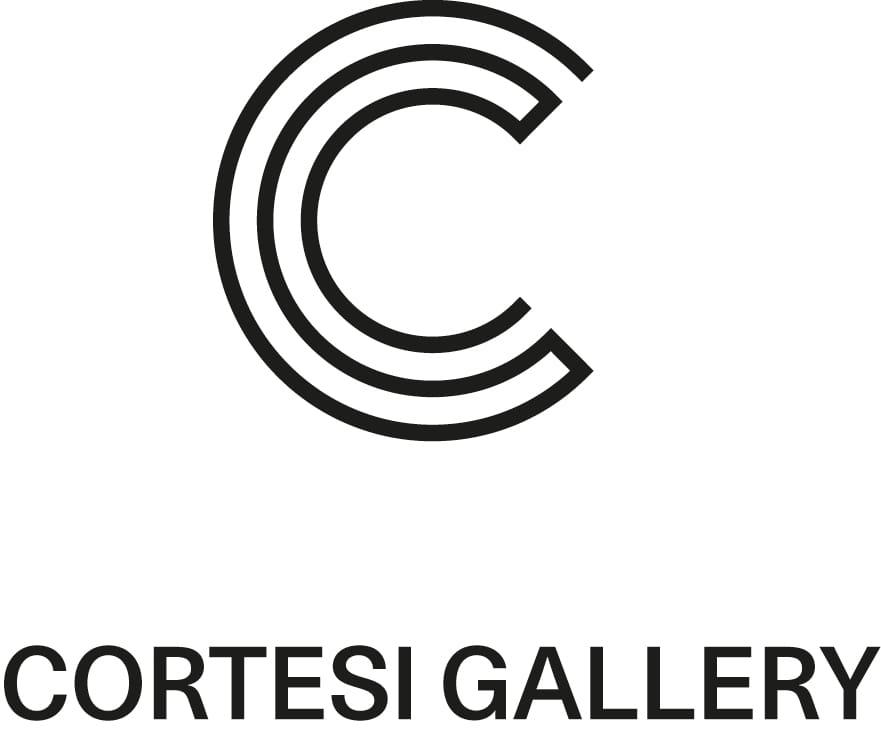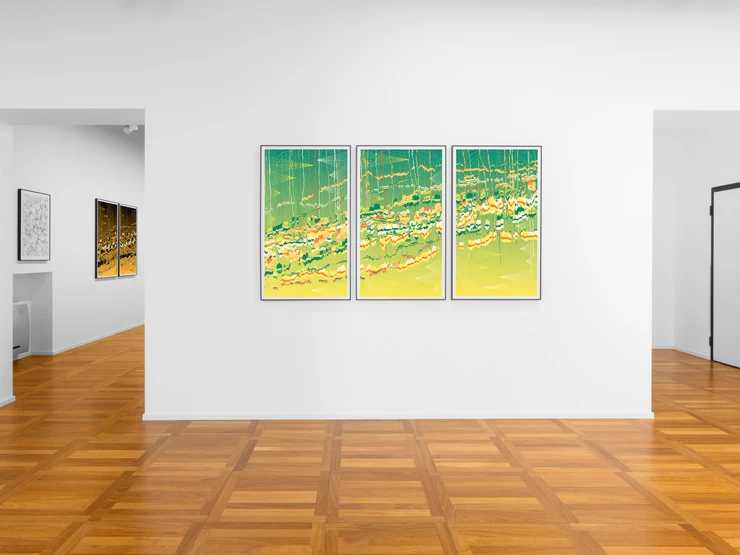With the 20th century and the advent of the historical avant-gardes, the artist’s role underwent considerable analysis and was revised for the aesthetic result. Even as figurative art was abandoned, the artist took on a different and new role compared to tradition. With the progress and development of technology, accompanied by the related and consequential increasing involvement of the viewer, the focus was no longer exclusively on the artistic result but more on the overall creation process. Proof of this new trend lies in the emergence of art movements focused on the active role of the viewer, including kinetic art, where the viewer individually determines the result, and generative art, where the artwork is the product of an autonomous system capable of determining the characteristics of the work.
As anticipated, especially since the last century, the spectator has been at the centre of artists’ attention, not only as the ultimate recipient of their works but increasingly considered and elevated to the role of being an active part of their creative process. Hence the desire to create works that would involve the public and make the work of art come to life at the very moment it is viewed. Since the Second World War, many have questioned how to render objects as animated; research into everything that brings about and contributes to vision is at the heart of the artistic analysis of what is now summarily termed optical, and that involves vision.
The subject of a brilliant phenomenon of revival, programmed, and kinetic art emerged in the 1960s as a reaction to the decline of geometric abstract art. Kinetic, programmatic and optical artists seek to understand the mechanisms of vision and to render perception as something more engaging, putting the viewer in a position to question the vision itself. These new movements intend to go beyond the traditional notion of art as expression and involve the viewer not on a purely formal or emotional level but on a wise and psychological one too.
On the one hand, therefore, the viewer is a protagonist, while on the other hand, we have the autonomous execution itself as the focus of the research. The phenomenon of generative art is not new in recent years; it can be traced back to the 1960s.
Thanks to these programmes and codes, it is possible to generate forms that range from simple to increasingly complex and diverse structures, which are unique in the sphere of individuality. The idea is that by processing software or algorithms, multiple and unrepeatable works can be created due to the combination of parameters chosen by artists, who achieve the highest possible creativity only through computer tools.
Starting from this premise, the exhibition aims to compare two generations of artists who place the art during the creative process and movement at the centre of their research, where the viewer becomes its protagonist. The epicentre of the exhibition is a Schema luminoso variabile (Variable Light Patterns) by Grazia Varisco. The present work, conceived from the perspective of kinetic and programmed art, shares the idea of movement and the search for dynamic creation that gets the viewer involved with new digital art. The perception of a new and ever-changing reality is determined by creating the moving works shared with the new generation of artists, specifically selected for this project: Anna Carreras, Jean-Jacques Duclaux (alias Eko33), Julien Gachadoat and Nadieh Bremer.
Four international artists with similar yet different and unique backgrounds, united by their ability to write their own codes that give rise to generative artworks with strongly characterizing features.
Anna Carreras (Barcelona, 1979) describes herself as a creative coder. A digital artist interested in experimenting with interactive communication. Anna focuses her work on the use of generative algorithms that seek a balance between order and chaos. She develops interactive installations that explore new narratives, encouraging the public to get involved. Her creative process is based on a sequence of mathematical calculations that she has coded herself, resulting in vivid, almost organic digital images, which are always unpredictable and unique. Purely digital works flank her prints by Jean-Jacques Duclaux, known in the crypto fine art community as Eko33. A French-Swiss generative artist, Eko33, started writing codes to create generative works and installations in 1999. His work focuses on non-figurative art generated using customized algorithms and innovative technologies.
Another French-speaking artist, Julien Gachadoat, has explored generative design for years. His work is based on the emerging process of abstract form, generating a combination of monochrome and geometric shapes, and playing with repetition. Julien accompanies his digital work with printing, using a plotter, to create and consecrate a link between text and code. He brings the digital work of the computer and the manual labour of the pencil together on paper, generating works where the rigour of the code combines perfectly with the poetry of art. The last of the generative artists selected are Nadieh Bremer from the Netherlands. Her artistic focus is the visual appeal of the digital works she creates by writing codes. Her works are meant to be evocations of sensations that only remotely hint at the generation of the underlying data. Her works always stand out for her use of a lively and joyful palette.
The works designed by these generative artists, specifically conceived for this project, are inspired by the underlying geometry of unbreakable lattices and light patterns and take their cue from the mechanical play of screens combined with mirrors, which generate bands of light capable of leaving viewers suspended in the space of lines that direct the gaze and where they are called upon to complete the work.
The exhibition juxtaposes screens projecting works of long-form generative art by Eko33 and Nadieh Bremer, accompanied by large format prints, considered a small curated series, by Anna Carreras and Julien Gachadoat. The aim is to promote and continue this dialogue between artist and viewer, presenting works resulting from a generative process over which the artist has partial control. The unpredictable result in the eyes of both the artist and the observer leaves the moment of vision suspended between the real and the perceived. This apparent randomness is what captures the viewer’s attention and attracts them. The chaos-controlled oxymoron perfectly renders the idea of the creative process carried out by these artists; the search for this ordered complexity that finds the perfect common denominator in the line is the basis of the choices of the selected artists. Such a perfect and determined geometric element suggests a new artistic system free from theoretical constraints.




